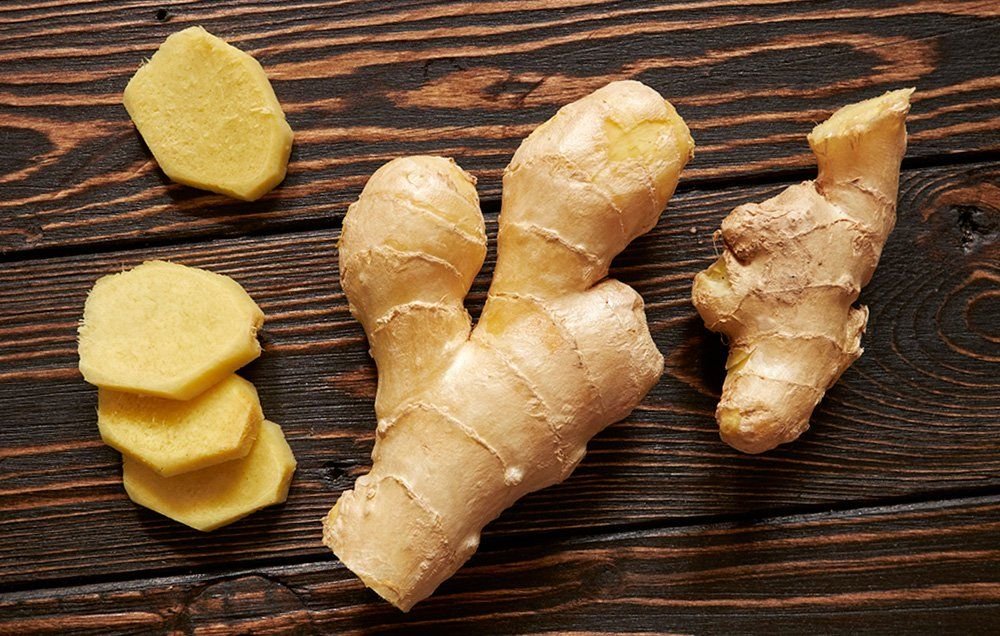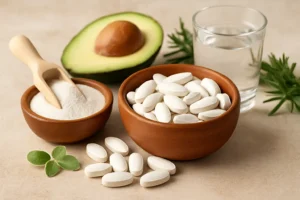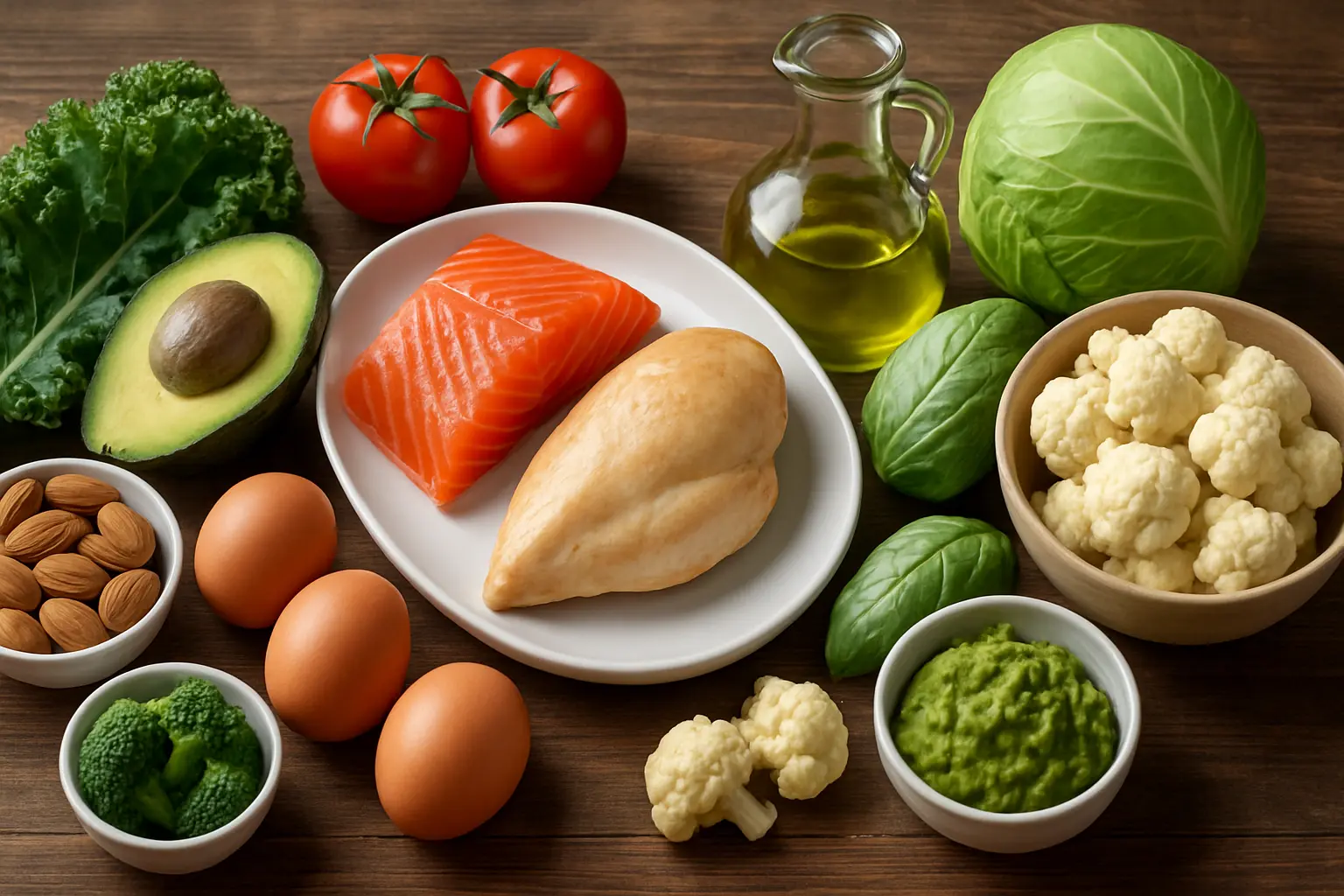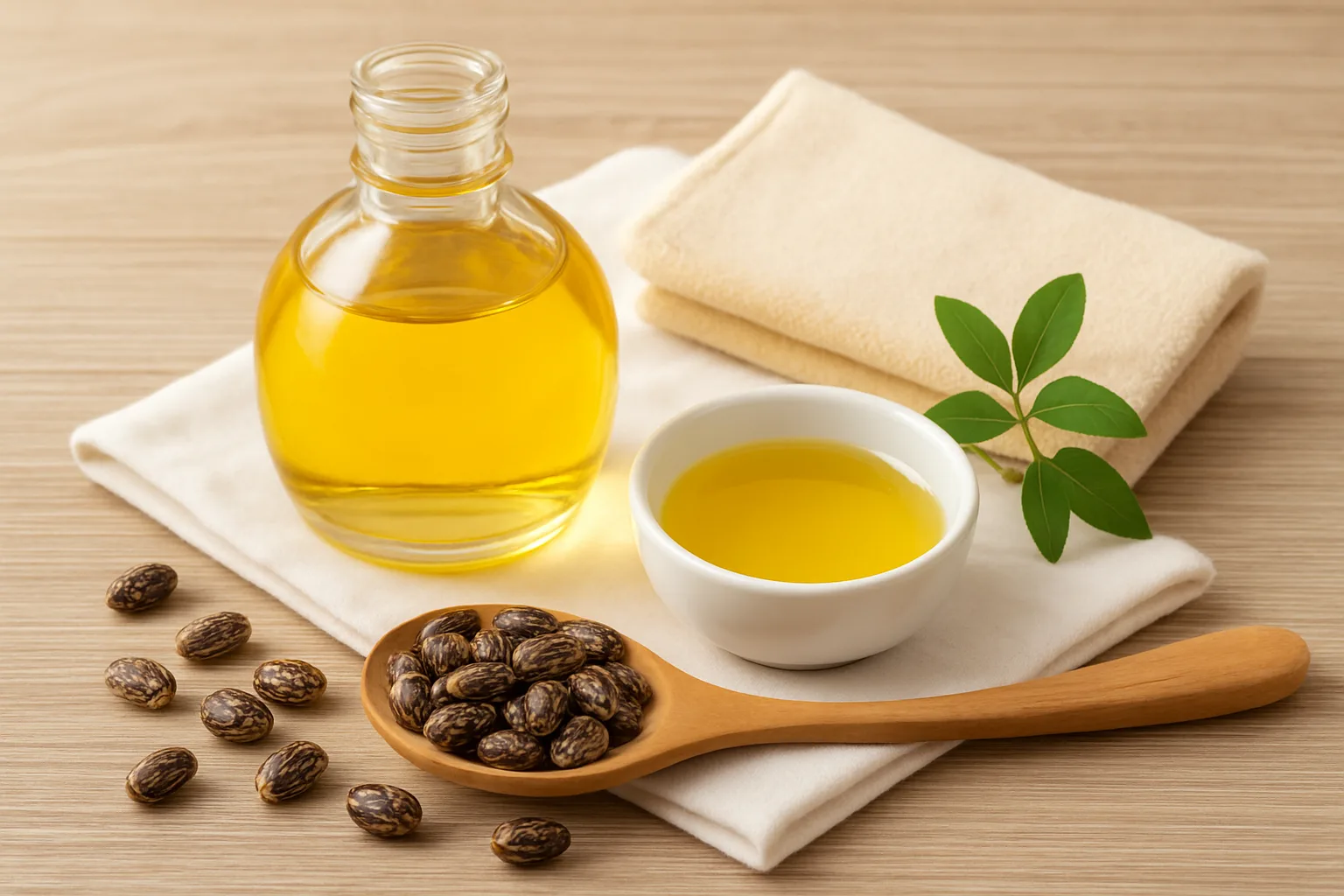
Ginger, known as “adrak” in Hindi and other regional languages of India, is a root that has captivated cultures around the world for centuries. From its culinary uses to its remarkable health benefits, ginger’s versatility spans far beyond its humble origins. This article delves into the global perspective of ginger, exploring its cultural significance, health benefits, and practical uses across various regions, including its role in pregnancy, its comparison with other spices like turmeric and galangal, and the potential of growing ginger at home. Through this exploration, we will not only answer what adrak is in English but also highlight its widespread use in modern-day health and wellness trends.
In every corner of the world, ginger holds a unique place, from being a common kitchen staple to a traditional medicine. Adrak (ginger) in English is simply “ginger,” but its identity is far richer when we consider its historical and medicinal significance across different cultures. While it is commonly found in dishes ranging from spicy curries in Asia to invigorating teas in the West, the health benefits of ginger are profound. Known for its anti-inflammatory properties and ability to aid digestion, ginger has become a popular remedy for a variety of ailments, from nausea to joint pain. But how does ginger’s global significance expand beyond just a culinary delight?
The roots of ginger are deeply embedded in history, with evidence of its cultivation in Southeast Asia dating back thousands of years. It has evolved from being a prized commodity traded along ancient spice routes to an essential part of home remedies and medicinal practices worldwide. Whether used as a powder (often referred to as haldi powder in English) in food, grated fresh for teas, or consumed in capsules for health benefits, ginger has remained one of the most accessible and versatile ingredients. This article will explore these benefits in depth, from ginger’s role in pregnancy to its applications as a natural remedy for ailments like nausea, motion sickness (with popular products like Gravol ginger), and inflammation.
The Nutritional Power of Ginger: Gingerol and Beyond
Ginger is a powerhouse of nutrients that contribute to its vast array of health benefits. The compound responsible for much of its medicinal properties is gingerol. This active compound is known for its antioxidant and anti-inflammatory effects, which can help reduce oxidative stress in the body and manage conditions like arthritis. It is also the reason why ginger is often used to relieve gastrointestinal issues, such as bloating, indigestion, and nausea. Ginger’s versatility extends beyond digestion, offering potential benefits for cardiovascular health, metabolism, and even blood sugar regulation.
In addition to gingerol, ginger also contains a variety of vitamins and minerals, including Vitamin C, magnesium, potassium, and calcium. These nutrients help boost immunity, improve skin health, and support overall well-being. Ginger is frequently combined with other natural ingredients like turmeric, which is also known for its anti-inflammatory and antioxidant properties. The combination of ginger and turmeric—two of nature’s most potent anti-inflammatory agents—provides a powerful synergy that helps manage chronic pain, supports healthy joints, and promotes general wellness.
Another popular pairing is ginger and lemongrass, which is commonly used in traditional tea blends for its soothing properties. The tangy flavor of lemongrass complements the spiciness of ginger, creating a fragrant and refreshing drink that is as calming as it is rejuvenating. Additionally, combining ginger with honey crystals can create a natural remedy for sore throats or coughs, offering both soothing relief and a boost to your immune system.
The Benefits of Ginger for Pregnancy
One of the most widely acknowledged uses of ginger across different cultures is its benefits for pregnancy. Ginger for pregnancy has become a popular remedy, especially for alleviating morning sickness, nausea, and vomiting, which affect many pregnant women. The soothing properties of ginger help calm the stomach and prevent the uncomfortable symptoms associated with the early stages of pregnancy. There is substantial evidence supporting ginger’s role in reducing nausea, with studies showing that consuming small amounts of ginger (often in the form of ginger tea or capsules) can help improve symptoms without harmful side effects.
The safety of ginger during pregnancy has been researched extensively, and most health professionals agree that moderate consumption is generally safe. However, it’s essential to consult with a healthcare provider before incorporating ginger into a pregnancy regimen, especially in higher doses. Additionally, ginger’s ability to improve digestion can also aid pregnant women who experience sluggish digestion or constipation, another common concern during pregnancy.
Some women even turn to ginger as part of their post-pregnancy wellness routine. It is believed to help restore energy levels, reduce inflammation, and improve the body’s natural detoxification processes. While ginger is widely regarded as good for pregnancy, the benefits do not end there. Ginger’s ability to support the immune system and reduce stress also plays a significant role in promoting overall health during and after pregnancy.
Growing Ginger: A Practical Approach
If you’re looking to cultivate your own ginger at home, you’re in luck! Growing ginger is a relatively simple and rewarding process. Ginger is a tropical plant that thrives in warm, humid conditions, making it perfect for cultivation in areas with mild winters. The root, known as ginger root, is the part of the plant used for both culinary and medicinal purposes. Planting ginger requires just a piece of fresh ginger with visible buds (also known as eyes), which will sprout into new shoots over time.
When planting ginger, it’s important to provide it with rich, well-draining soil and a location that receives indirect sunlight. Ginger can also be grown in containers, making it a viable option for those with limited space. Growing ginger at home ensures a fresh supply of this highly beneficial root, and it’s relatively low-maintenance once the initial planting is done. The root can take several months to mature, but the rewards are well worth the wait, whether you’re using it in your kitchen or for its health benefits.
For those interested in expanding their ginger knowledge, you may also come across galangal, another root related to ginger that is commonly used in Southeast Asian cooking. Galangal is often confused with ginger, but it has a distinctly sharper, more peppery flavor and is used in different culinary traditions. While ginger remains the more widely used root, understanding the differences between these two plants can enhance your culinary and medicinal knowledge.
Ginger and Its Global Presence
Ginger’s reach extends far beyond its origins in Southeast Asia, with uses across continents and cultures. For example, in the West, ginger is often consumed in the form of Gin Gins, a popular ginger candy that offers a quick way to reap the benefits of this powerful root. Similarly, Gravol ginger is a commonly used anti-nausea medication in many parts of the world, helping to alleviate symptoms of motion sickness and nausea from other causes.
In some parts of Africa and the Middle East, ginger has long been used as part of traditional medicine, and it continues to play a role in various treatments. The root is also seen as a symbol of health and vitality in many cultures. Ginger people, as they are often affectionately called, are individuals who are seen as embodying the power of this revered root, as they are believed to possess resilience and strength due to their connection with nature’s healing properties.
In addition to its medicinal benefits, ginger is used in many traditional foods and drinks worldwide. From the ginger and lemongrass teas in Southeast Asia to ginger-flavored baked goods and beverages in the West, the possibilities are endless when it comes to incorporating ginger into your diet. Its unique blend of spiciness and warmth provides depth to both sweet and savory dishes, making it a versatile ingredient for chefs and home cooks alike.
The Growing Popularity of Ginger-Based Products
In recent years, the popularity of ginger-based products has soared as consumers become more conscious of natural remedies and holistic health. The turmeric price has also increased as people have embraced it alongside ginger as part of their wellness routines. The rise of wellness products like ginger-based teas, capsules, oils, and tinctures reflects the growing demand for natural alternatives to synthetic medications. Zingiber, the scientific name for the ginger plant, is often touted as a key ingredient in these products due to its proven health benefits.
Whether you’re looking to buy ginger supplements for immune support, ginger oil for skincare, or simply enjoy a cup of ginger tea, the market offers countless options to help integrate this powerful root into your life. The growing trend towards organic and plant-based health products has also made ginger a top choice for those seeking sustainable, effective solutions to everyday health concerns.
Conclusion: The Timeless Relevance of Ginger
From its ancient roots to its modern-day uses, ginger (or adrak) remains a key player in the culinary and medicinal world. With its numerous health benefits, including aiding digestion, reducing inflammation, and helping with pregnancy-related nausea, it’s no wonder that ginger has maintained its popularity over thousands of years. As people worldwide continue to embrace natural wellness practices, the significance of ginger as both a food and medicine only grows stronger.
Whether you’re planting ginger at home or reaching for a ginger-based product, the benefits of this remarkable root are undeniable. The versatility of ginger, from culinary to therapeutic uses, makes it a staple in every household. So, the next time you enjoy a warm cup of ginger tea or add it to a savory dish, remember that you’re not just indulging in a delicious flavor; you’re partaking in a centuries-old tradition that continues to nourish both body and spirit. Ginger is not only an essential spice in our kitchens but a natural remedy that connects us to a long legacy of health and well-being.
















